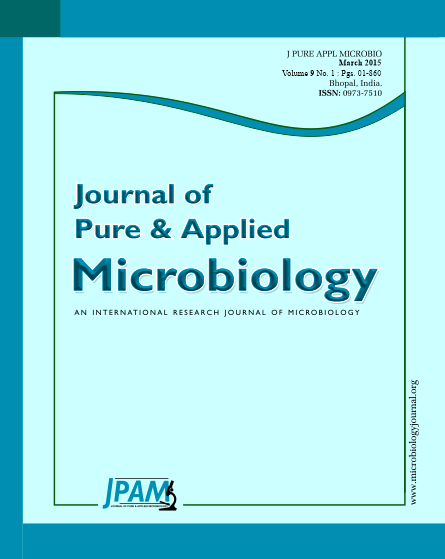Endophytic fungi are considered as an important source of antioxidants. In order to evaluate the antioxidant capacity of 163 endophytic fungi from Myricaria laxiflora, a plant grows under flooding and other oxidative stress, we analyzed the total antioxidant capacity in vitro. The screening results showed that the antioxidant activity of endophytes from different tissues differ according to before- or after- flooding stress of the host, under aerobic or anaerobic isolating condition. Although the endophytes from stems were more than other tissues, antioxidant activity was always the lowest. In contrast, endophytic fungi from leaves were fewer, whereas relatively high and stable antioxidant activity was presented. After flooding, the antioxidant activity of endophytic fungi from stems was significantly greater than before, whereas the leaves were just the reverse. In addition, oxygen content when strains isolated had also a significant impact in antioxidant activity, while the effects could be zero, positive, or negative as for different types of tissue. Overall, Aspergillus, Alternaria, Penicillium, Trametes and Rhizopus have a relatively higher antioxidant activity than other genus in Myricaria laxiflora. Particularly, Aspergillus was not only the most abundant but also the most active antioxidant genus. Among the endophytes, phenolics could be an important factor resulted in high antioxidant activity.
Myricaria laxiflora, endophytic fungi, antioxidant capacity, flooding, Aspergillus
© The Author(s) 2015. Open Access. This article is distributed under the terms of the Creative Commons Attribution 4.0 International License which permits unrestricted use, sharing, distribution, and reproduction in any medium, provided you give appropriate credit to the original author(s) and the source, provide a link to the Creative Commons license, and indicate if changes were made.


